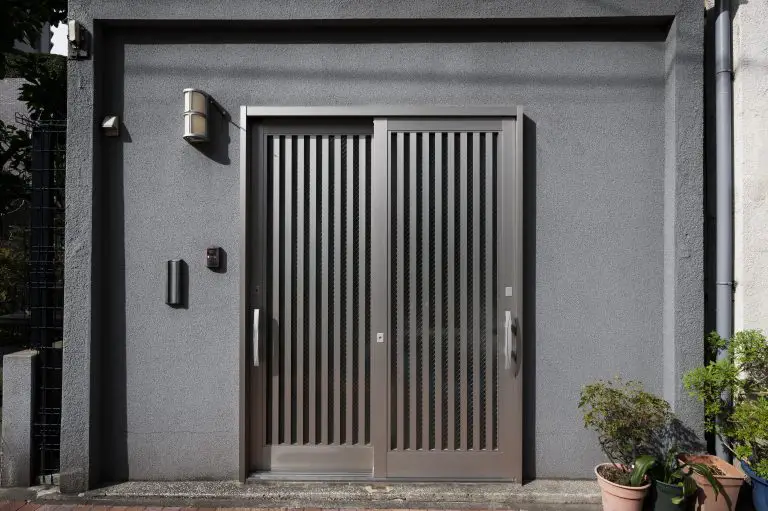Choosing the right materials for construction is like picking the best ingredients for a recipe. In the world of construction, two heavyweights often considered are mild steel and stainless steel. Both have their unique qualities, and deciding which one to go for depends on your specific needs. Let's dive into the comparison of mild steel and stainless steel to help you make an informed decision.

1. Understanding Mild Steel: Mild steel, also known as carbon steel, is a popular choice in construction due to its strength and affordability. It's like the dependable friend you can always count on. Mild steel is excellent for structural applications, offering robustness without breaking the bank.
2. Stainless Steel's Shine: Now, let's talk about stainless steel. It's like the stylish cousin at the family gathering. Stainless steel is known for its corrosion resistance and sleek appearance. It contains chromium, which forms a protective layer, making it perfect for places where rust is a big no-no.
3. Strength Showdown: When it comes to strength, both mild and stainless steel hold their ground. However, if you're aiming for a material that can handle heavy loads without being too heavy on the wallet, mild steel takes the lead. It's the workhorse of the construction world, providing reliable strength for various applications.
4. Corrosion Conundrum: One of the key differences between the two is their resistance to corrosion. Stainless steel has a natural advantage here. The chromium in stainless steel forms a shield, making it resistant to rust and corrosion. On the other hand, mild steel, while robust, may need additional coatings to prevent corrosion in harsh environments.
5. Cost Considerations: For many, the budget is a deciding factor. Mild steel often wins in this category. It's a cost-effective choice for construction projects where strength is crucial, and budget constraints need to be considered. Stainless steel, with its added corrosion resistance and shine, tends to be pricier.
6. Aesthetic Appeal: Stainless steel scores high in the looks department. Its shiny surface and modern appearance add a touch of elegance to structures. If aesthetics are a priority, stainless steel might be the choice for you. On the other hand, if you prefer a more industrial or traditional look, mild steel can still be quite attractive.
7. Maintenance Matters: Consider how much time you're willing to spend on maintenance. Stainless steel, with its resistance to corrosion, generally requires less upkeep. Mild steel, while durable, may need periodic checks and protective coatings, especially in environments where corrosion is a concern.
8. Application Areas: Think about where your material will be used. Mild steel is a common choice for structural elements in buildings, bridges, and more. On the other hand, stainless steel's corrosion resistance makes it ideal for applications where hygiene and appearance are critical, like in kitchens or outdoor installations.
Choosing the Right Door: Now, let's talk about doors. If you're eyeing a durable and cost-effective solution, a mild steel door might be just what you need. Whether for your home or a commercial space, mild steel doors offer reliability without compromising on strength. Consider the environment and your budget, and a mild steel door could be the perfect entrance solution.
In conclusion, whether you opt for the steadfast reliability of mild steel or the corrosion-resistant charm of stainless steel depends on your specific needs and budget. Each has its place in the construction world, contributing to structures that stand strong and look good doing it. So, whether you're building a new home or embarking on a commercial project, understanding the differences between mild and stainless steel ensures that you choose the right material for a successful construction journey.




